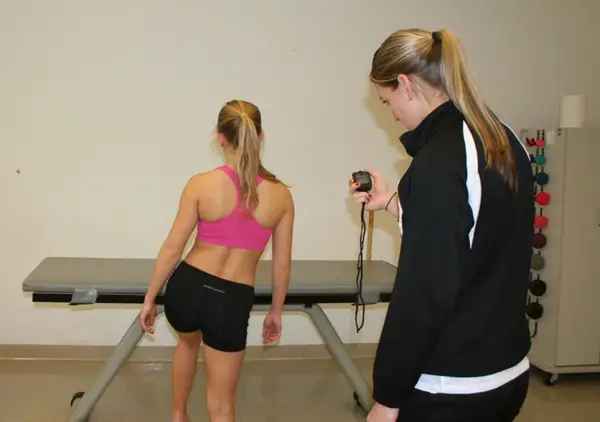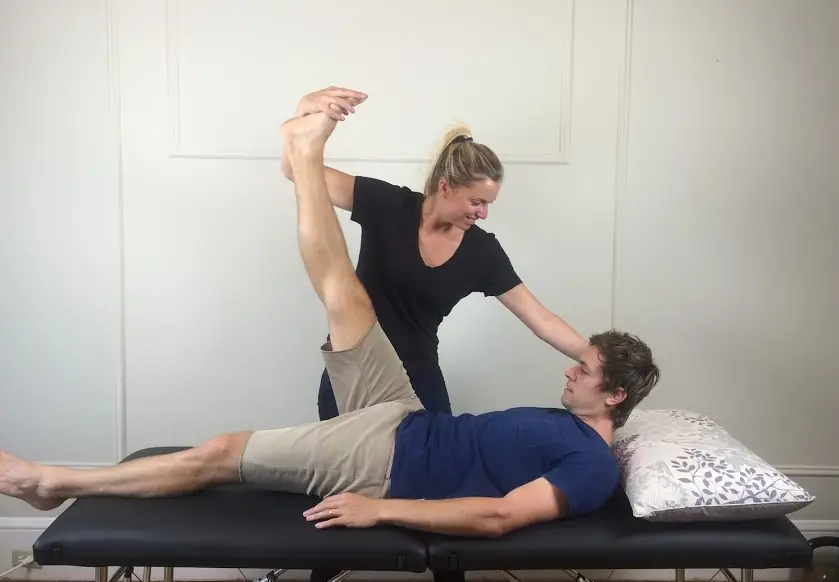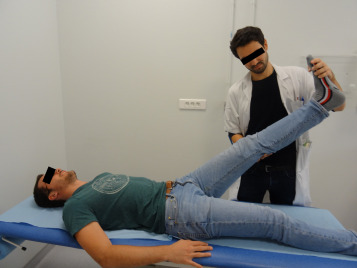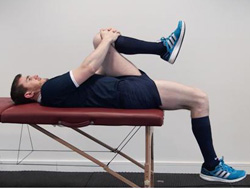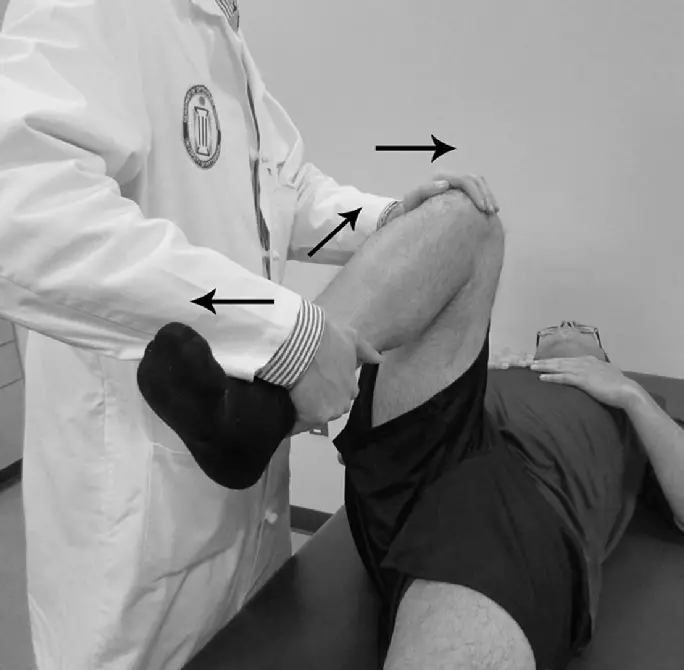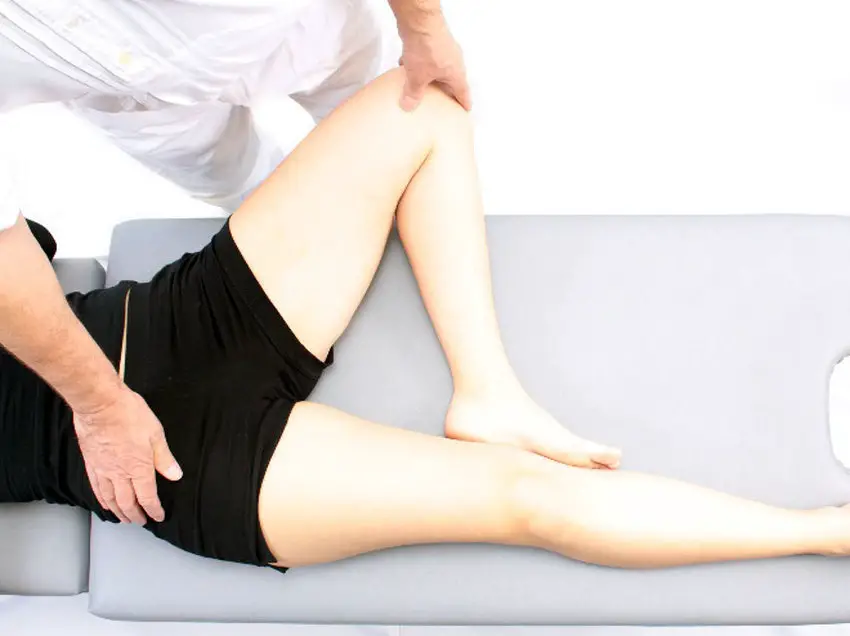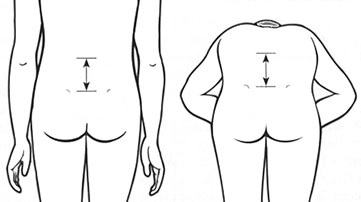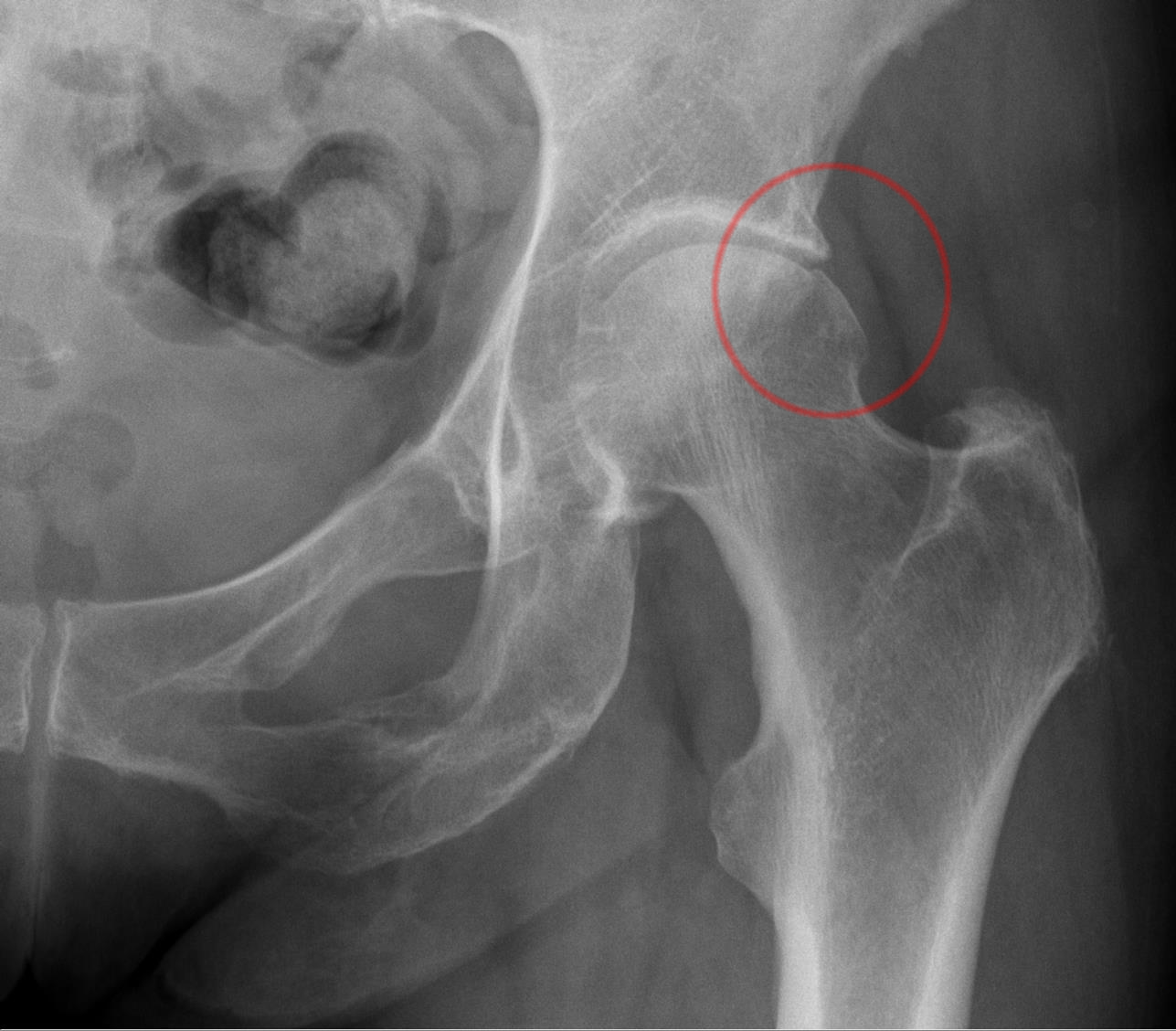Article reviewed and approved by Dr. Ibtissama Boukas, physician specializing in family medicine
Named after the German surgeon Friedrich Trendelenburg in 1897, the Trendelenburg sign is found in people with weakness or paralysis of the hip abductor muscles. This article explains this clinical test and the clinical reasoning to adopt in the presence of a positive Tredelenburg sign.
Definition
The Trendelenburg sign is a physical examination that allows the clinician to assess dysfunction related to the hip joint.
A positive Trendelenburg sign usually indicates weakness in the major hip abductor muscles, specifically the gluteus medius or gluteus minimus (formerly called the gluteus minimus). These muscles are essential to ensure the stability of the coxo-femoral articulation of the pelvis, and to maintain the center of gravity. These two muscles are innervated by the gluteal nerve superior, which arises from the L4 to S1 nerve roots.
Weakness in these muscles can be caused by various hip abnormalities such as:
- any muscular dystrophy
- congenital hip dislocation (hip dysplasia)
- rheumatic arthritis
- hip osteoarthritis
- a type deformation coxa vara
- a broken bone or hip dislocation traumatic
- following a hip prosthesis (initial stage)
- low back pain
- Legg-Calvé-Perthes disease
- poliomyelitis
- hip osteonecrosis
- a significant difference in the length of the lower limbs
Procedure
To be able to carry out the test, the clinician must ensure that the patient can stand on one leg for at least 30 seconds, that he understands the instructions, that he has no coordination problems, and that his movement abduction is complete.
- The patient is asked to stand on one leg for 30 seconds without leaning to one side or the other. If the patient has minimal balance issues, they may benefit from some light support to help them stand upright.
- The therapist observes the patient to see if the pelvis remains horizontal during the single-legged position. This is equivalent to a negative Trendelenburg test.
- A Tredelenburg sign is termed positive when the pelvis lowers on the contralateral side (opposite to the affected leg) in a standing balance position on the affected side. This can also be identified during gait, where the subject limps and compensates by producing a tilt of the trunk on the affected side during the stance phase on the affected leg (Tredelenburg gait).
Conclusion
The Tredelenburg sign is a quick and easy test to identify hip abductor weakness when standing.
Although it cannot on its own diagnose hip pathologies such as osteoarthritis or hip instability, it guides the clinician and offers information relevant to the treatment of the condition.
Ideally, the Tredelenburg sign should be part of a comprehensive assessment taking into consideration the patient's medical history, range of motion, integrity of central and peripheral nervous system, muscle strength, etc. This clinical examination, in conjunction with tests formedical imaging, will make it possible to make an accurate diagnosis and appropriate treatment.
Reference
- https://www.physio-pedia.com/Trendelenburg_Sign
- https://www.ncbi.nlm.nih.gov/books/NBK555987/

